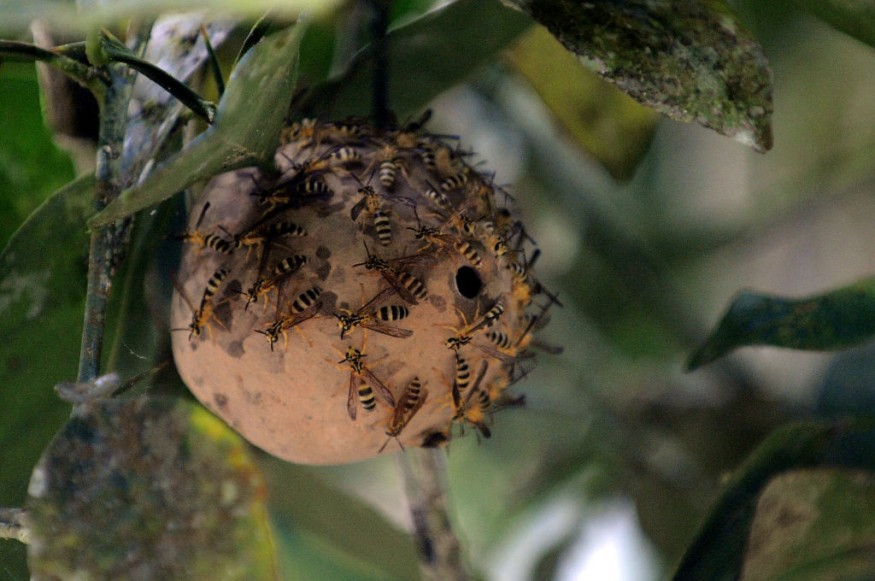A wasp nest may have contributed to the Birgenair Flight 301 plane crash in 1996, according to a report on Sunday, May 21. The incident is considered by many to be one of the world's worst aviation disasters in history.
The deadly crash killed over 100 people, including crew and passengers. While blamed on technical and human error, no one previously thought that an insect could cause the mayhem.
Since the dawn of aviation, plane crashes have occurred and some have been attributed to mechanical, software, or navigational component of a plane. Aviation authorities sometimes find that human error by the pilot is the cause of incidents.
Even a bird strike in the form of a flock of birds were also behind in some aircraft disasters in previous years. However, blaming the crash on a wasp nest is rare yet bizarre.
Birgenair Flight 301

In February 1996, Birgenair Flight 301, sometimes spelled as Birgen Air Flight 301, crashed into the Atlantic Ocean and killed all 189 people on board the Boeing 757 aircraft. The incident occurred after the plane's takeoff from Puerto Plata, Dominican Republic. It was supposed to arrive in Frankfurt, Germany.
The official investigation was complex but linked the crash to pilot error. Yet, the main cause of the technical and human error that transpired on February 6 that year came from an unlikely culprit: a wasp nest, Newsweek reported on Sunday.
Wasp Nest Blocks Speed Sensor
The Birgenair Flight 301 pilot made a 12-second distress call, reportedly saying "don't pull back, please don't pull back...oh what's happening" before the last recording went off, as cited by Newsweek. As mentioned earlier, the suspected cause of the all the plane malfunctioning was that the wasp nest blocked a vital sensor, which would have showed the accurate speed of the Birgenair plane.
In particular, investigators of the case at that time believe the sensor was "blocked by the wasp nest built inside it," Samoa Global News reported. The investigation adds the aircraft remained unused for 20 days and had no pitot tube covers until two days before the crash.
Based on the findings, it is possible that the winged insects made a colony inside the plane. Still, the suspected cause is not far from reality as it remains a problem in the aviation industry until today.
In November 2013, an Airbus A330 plane operated by Etihad Airways made an emergency landing in Brisbane, Australia, after a wasp nest blocked its air speed sensor, the Brisbane Times reported.
Wasp Nest
Experts say it takes about a week or more for wasps to build their nest. The Pest Patrol San Diego states up to 100 wasps will participate in the nest building and they operate similar to ants.
In terms of the ideal location, queen wasps will build their nest in a dry, safe, and protected environment to support its nest, according to the National History Museum.
Related Article: Bird Strikes are an Unreported Threat to US Military Aircraft
© 2025 NatureWorldNews.com All rights reserved. Do not reproduce without permission.





